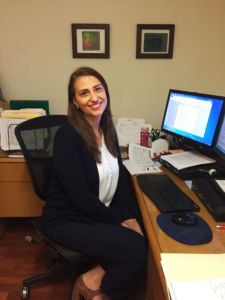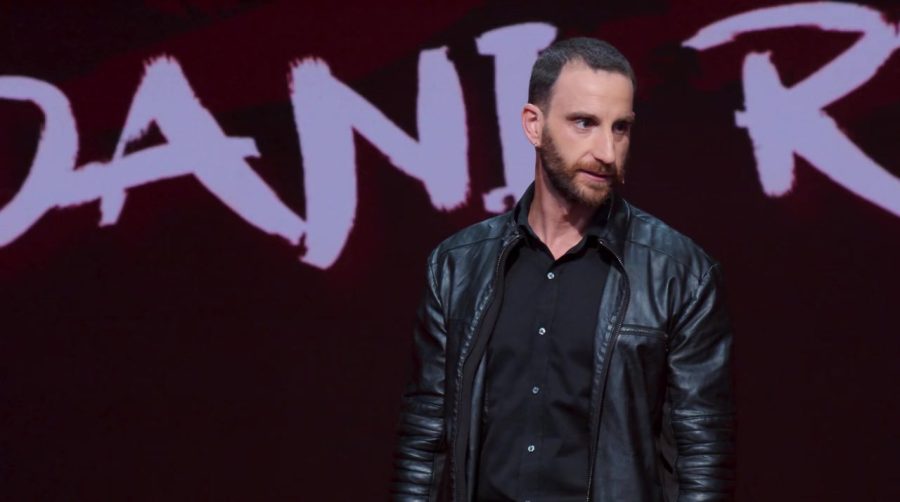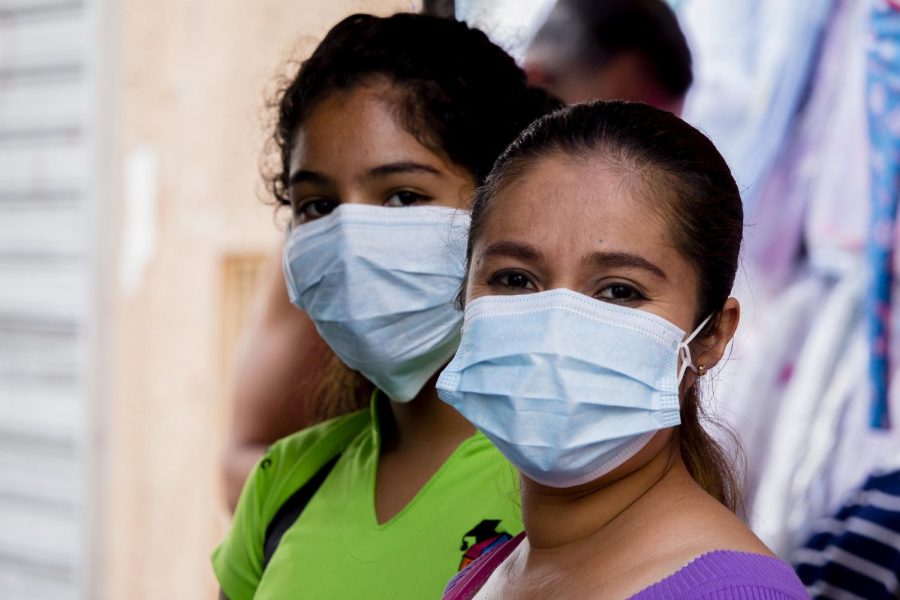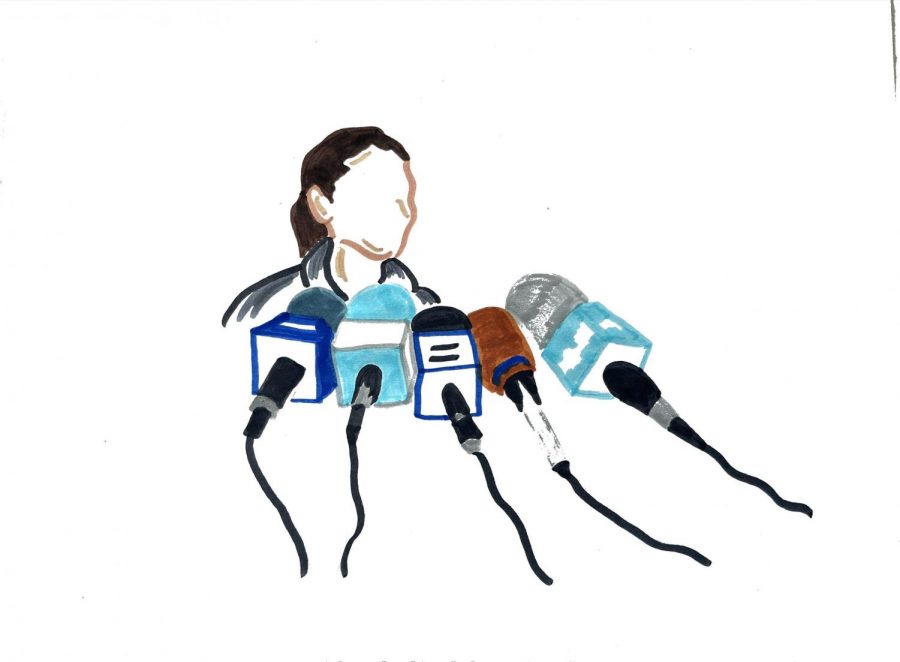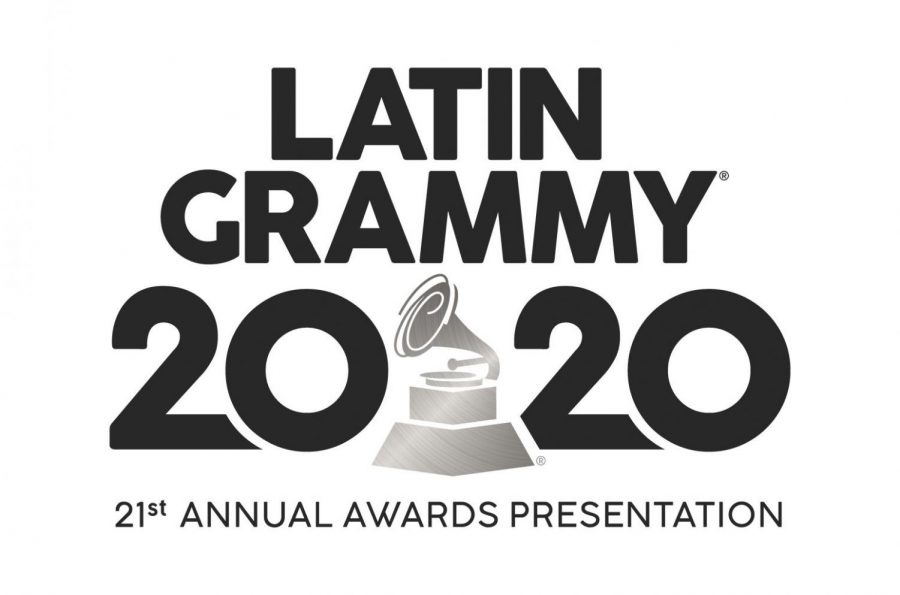“When I was coming [to the U.S.] I had to come to a lot of different places along the way. I had to sleep on the ground. The room was cold. And that was really, really hard,” Maria said.
“Maria,” a freshman girl who wished to stay anonymous, grew up in Honduras, but was forced to come to the United States to live with a relative at the age of 12 due to dangerous conditions involving gangs and drugs.
However, Maria’s journey came at a high price.
“I can’t go to Honduras anymore. If I go to Honduras I can’t come back,” Maria said.
Since Maria is not able to return to Honduras, she has not seen her mother in over two years and has had trouble staying in contact. She currently lives with a relative in Marin.
“In the first two months it was really hard, because where [my mother] lived they don’t have cell phones or internet,” Maria said.
According to Maria, she has been to court over 10 times and has filled out an immense amount of paperwork because she has asylum status, forbidding her from returning to Honduras. Asylum status is granted to an individual who can not return to their home country due to persecution. When she is 18 years old, she will receive a green card.
Annually, 120 to 150 people in Marin apply for a green card through the Canal Alliance, a social service organization in San Rafael.
Lucia Martel-Dow, Director of Immigration Legal Services at the Canal Alliance, said that 95 percent of the clients the Canal Alliance works with are native Spanish speakers. According to Martel-Dow, there has been a surge of people coming to the organization for help from Central American countries in the past few years.

A Permanent Resident Card, also known as a green card, grants a person permission to live and work in the United States on a permanent basis. There are other United States visas that grant temporary rights for immigrants, but many immigrants coming to Marin hope to obtain permanent status and eventually become naturalized, according to Martel-Dow.
Laura Gatti, a Kentfield resident who is also a full-time student of business and finance at Sonoma State University, applied for a green card three times before she finally received one in 2014.
According to Gatti, the process of obtaining a green card or a visa is very challenging and can be an emotional undertaking. It often takes a substantial amount of time, paperwork and money.
Gatti came to the United States from Colombia in 2009 when she was 21 to work as an au-pair under a J-1 Visa. The J-1 allows people who are participating in programs that promote cultural exchange to stay in the United States.
Once her J-1 visa expired, Gatti decided to stay a second year to learn English, and received a student visa. In the process, she met her husband, Jason Gatti. They were married on May 9, 2013, and Gatti applied for her green card five days later.
The Gattis could not afford an immigration lawyer, as Jason was studying to get his teaching credentials and Laura could not work because she no longer had a work permit. They decided to do the immigration paperwork themselves to save money.
Not only does hiring a lawyer cost money, but there is also a fee to submit each form. Most forms cost around $500, but some cost up to $700, according to Gatii.
Laura’s original sponsor was her husband Jason, but after her application was rejected the first time she asked Jason’s father to become her new sponsor. However, even with a different sponsor, her application was again declined. A sponsor is a U.S. citizen who claims financial responsibility for the person applying for the green card during their application process and after they receive their permanent visa.
“They tell you that you are completely free to do it yourself, but then once you finish and you find out that you were rejected, then you find out that, no, you cannot do it by yourself. You really need a lawyer,” Laura said.
According to Laura, they were at their wits end and decided to contact California senators Dianne Feinstein and Barbara Boxer.
The Gatti’s wrote a letter about Laura’s story to California senator Feinstein, their local representative and a member of the House of Representative’s Committee of Immigration Affairs. The letter sent to Senator Feinstein was the key to getting Laura’s green card.
A few weeks after sending in the letters, one of Senator Feinstein’s aides responded and said they would help.
“After all the paperwork and lawyers, it was just asking someone in government to reply to us. I got my green card three days later,” Laura said.
Maria Fernanda Civano, a Redwood Spanish teacher from Uruguay, said it took nine years for her and her husband to obtain green cards. They applied in 2001 before 9/11 and according to Civano, the green cards were backlogged because some of the 9/11 attackers had been in the United States on visas.
Even though Civano did not have her green card, she still had to pay U.S taxes beginning in 2001, even though she did not receive her green card until 2010.
According to Civano, the uncertainty of the situation was the toughest part of the process.
“The waiting and not knowing [was the worst]. If you call, it’s an automated number and they tell you your application is being processed. If [the paperwork] is wrong, they don’t tell you why it’s wrong until it’s too late,” Civano said.
When Civano and her husband applied for their green cards, their doctor did not check the box saying they had received their tuberculosis shot, which also lengthened their process.
Martel-Dow said that there are not a lot of options for some communities of immigrants to obtain green cards.
“I wish there were more options for them. Sometimes these communities are not eligible for anything and that is the worst part,” Martel-Dow said. “When they come to you, they have suffered trauma and are contributing so much. They might not be able to be eligible for anything, which happens quite often, and that’s the worst part.”
